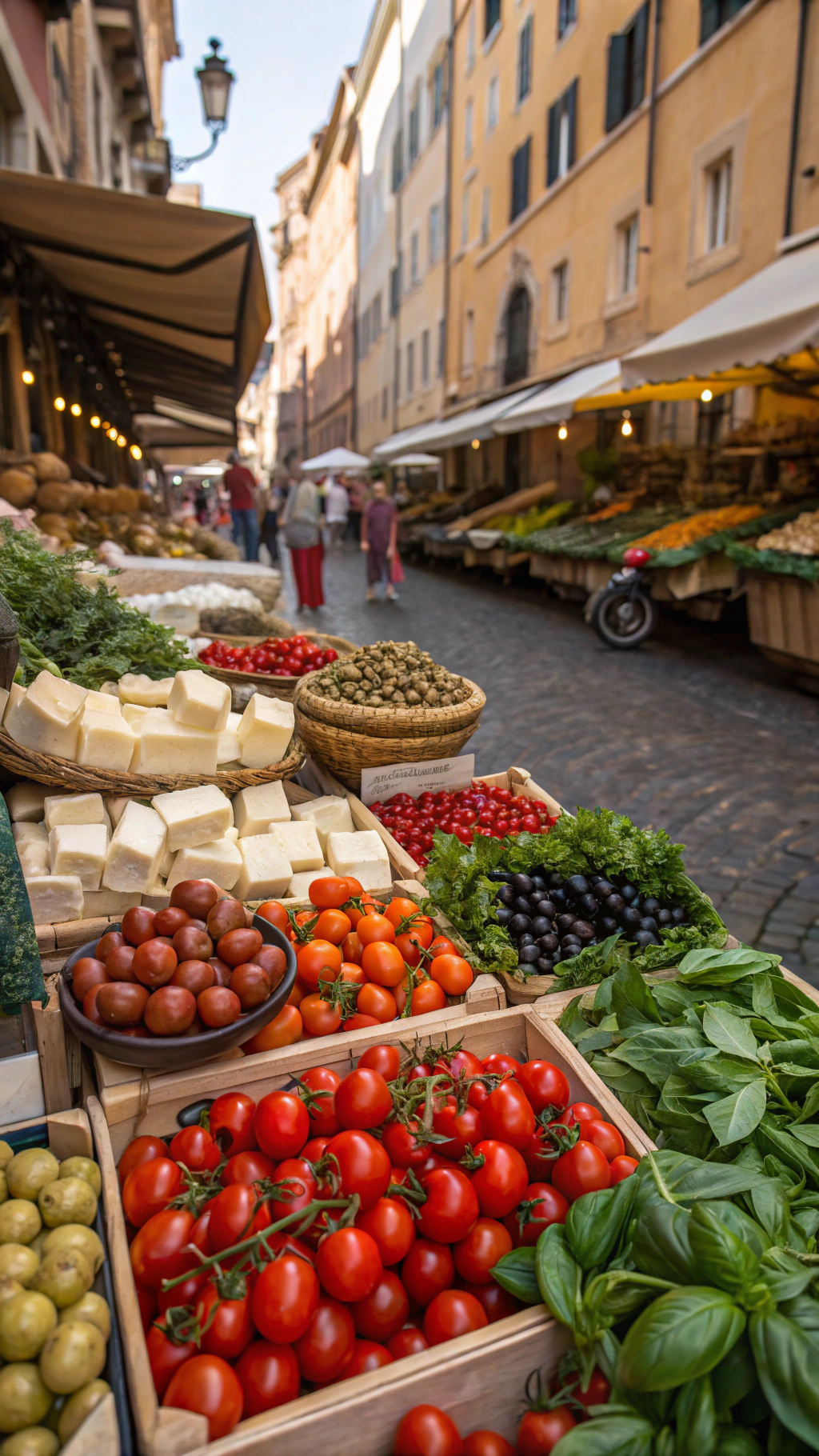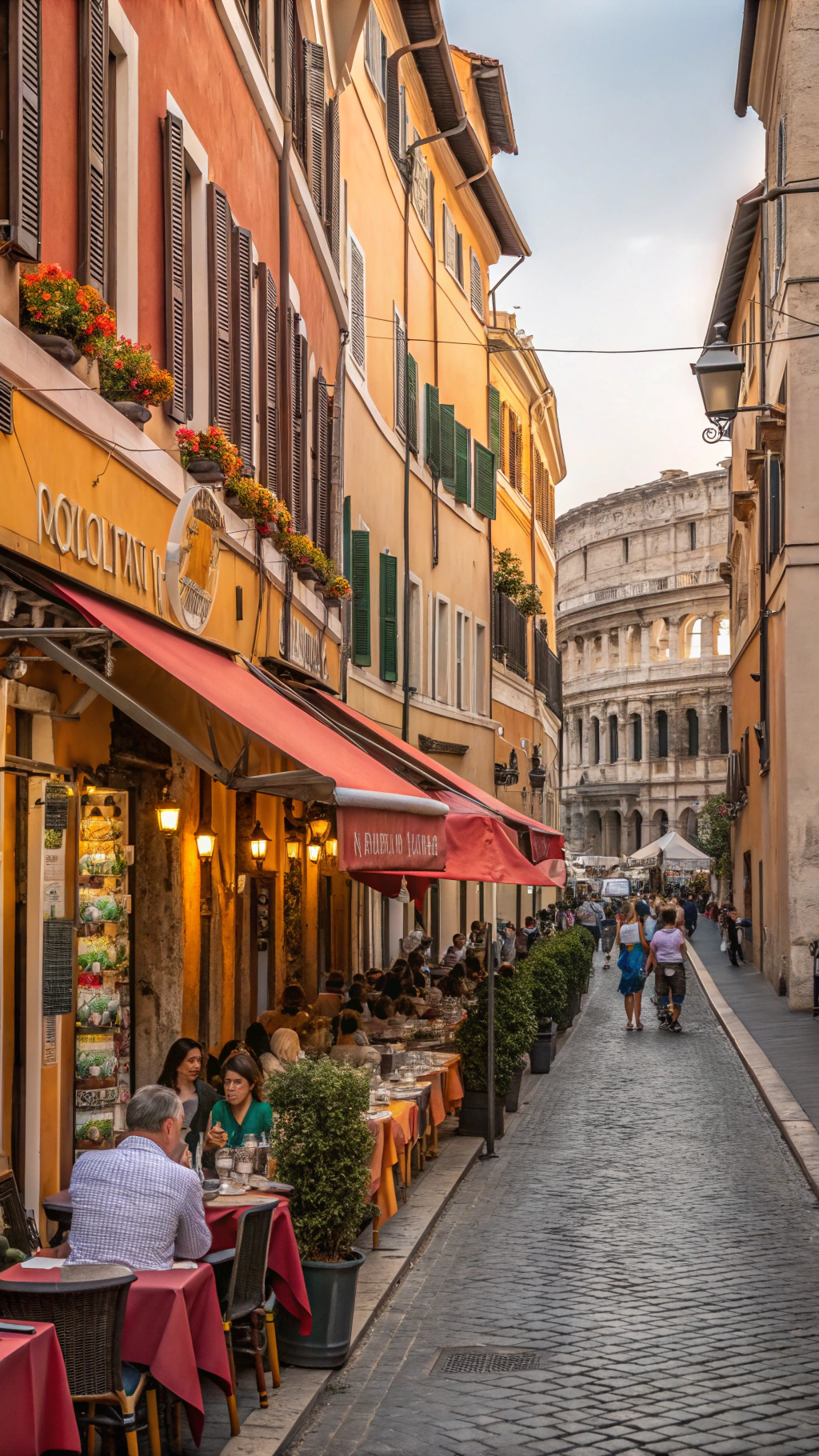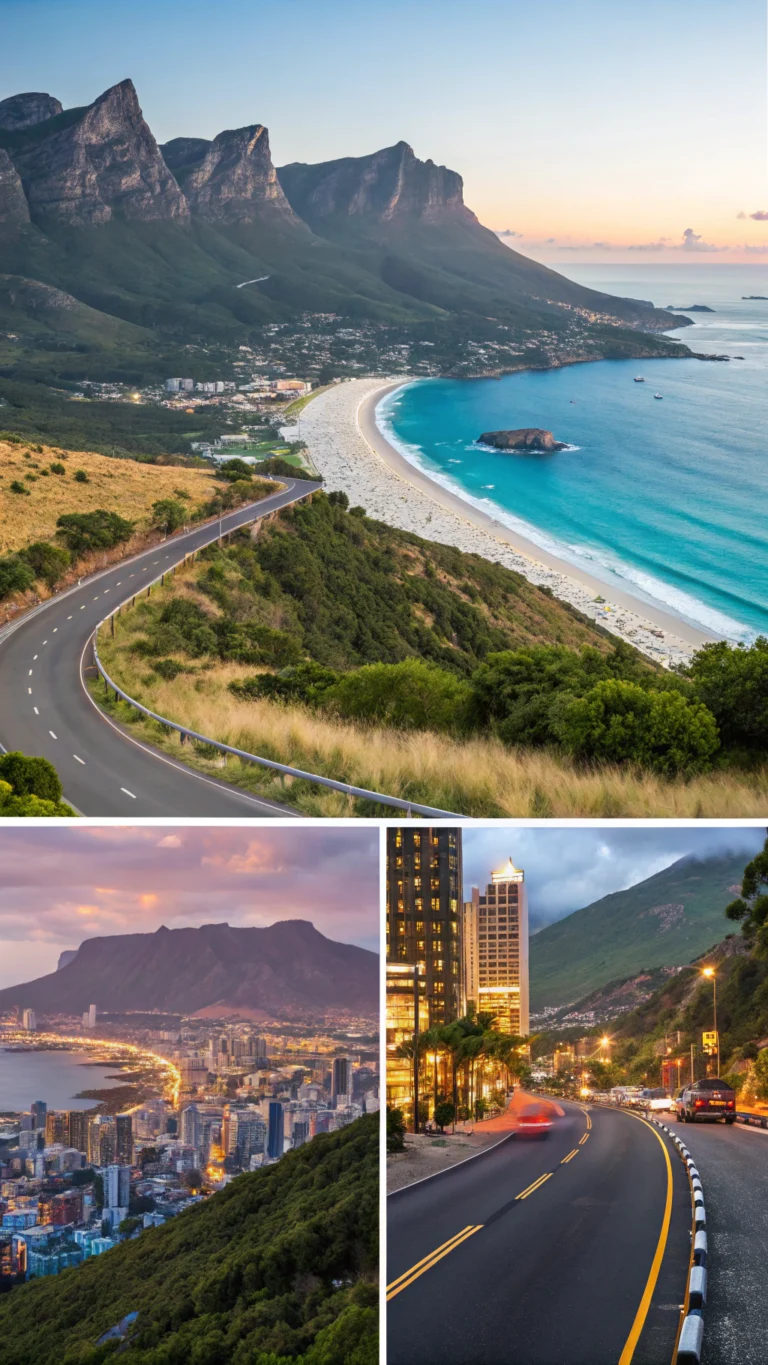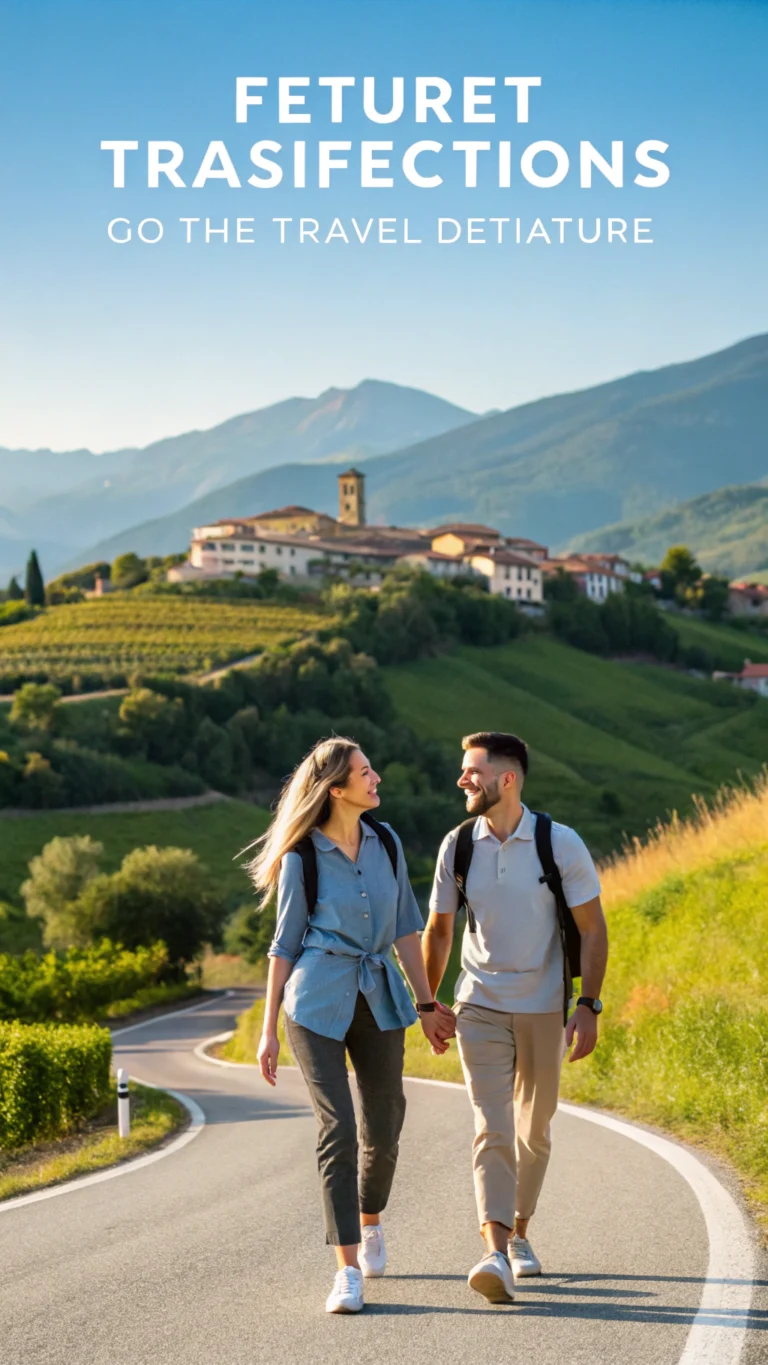Rome Restaurants: 7 Hidden Gems You Need to Discover Now
Table of Contents
Introduction
Ever ponder why the majority of visitors to Rome wind up dining at the same packed eateries when residents are savoring real cuisine at half the cost just a few blocks away? 78% of tourists who visit Rome never go beyond the restaurants suggested in their guidebooks, missing out on the real culinary gems of the city, according to a recent poll.
There is so much more to Rome than pizza and pasta when it comes to dining there. Rome’s undiscovered culinary gems reveal the true tale of Italian cooking, which has changed over 2,000 years but is still closely tied to tradition. I’ll show you seven unique restaurants that the locals have been keeping hidden—until now.
Destination Overview

Rome’s architectural and gastronomic landscapes are similar in that they combine elements of the past with contemporary creativity. Ancient Roman times, when exotic spices and garum (fermented fish sauce) ruled tables, are where the city’s culinary tradition began. These days, the mainstays of traditional Roman cooking are “quinto quarto” (offal meals), seasonal fresh vegetables, and classic pasta dishes like cacio e pepe, amatriciana, and carbonara.
Spring (April–May) and fall (September–October) are the finest seasons to visit Rome’s restaurants because of the pleasant weather, the abundance of produce, and the absence of both summer crowds and winter closures. If you are looking for authentic eating experiences, make plans in advance because many local eateries close in August as Romans flee to the shore.
Travel Itinerary
Foodie’s One-Day Rome Culinary Adventure
- 9:00 AM: Start with breakfast at Roscioli Caffè (Via dei Giubbonari) – try their maritozzo with cream
- 11:30 AM: Food market tour at Mercato di Testaccio – sample local cheeses and produce
- 1:30 PM: Lunch at Trattoria Da Danilo (first hidden gem – details below)
- 4:00 PM: Coffee and gelato break at Fatamorgana in Monti
- 7:30 PM: Aperitivo hour at Da Bucatino in Testaccio
- 9:00 PM: Late dinner at L’Arcangelo (second hidden gem – details below)
Three-Day Culinary Deep-Dive
Day 1: Classical Roman cuisine (Centro Storico area)
Day 2: Modern interpretations (Prati & Monti neighborhoods)
Day 3: Street food and markets (Testaccio & Trastevere)
This route saves you approximately €150 compared to booking a formal food tour while providing more authentic experiences at locally-owned establishments.
Must-See Attractions
While visiting these hidden Rome restaurants, make time to explore the nearby attractions:
- Trattoria Da Danilo – Located near Piazza Vittorio, visit the nearby Basilica di Santa Maria Maggiore before lunch
- L’Arcangelo – A short walk from Vatican City, perfect for dinner after touring the museums
- Cesare al Casaletto – Combine with a morning exploring Villa Pamphili park
- Armando al Pantheon – As the name suggests, steps from the magnificent Pantheon
- Da Bucatino – In the historic Testaccio district, visit the Non-Catholic Cemetery beforehand
- Trecca – Near the Palazzo Barberini, ideal for lunch after admiring Caravaggio’s works
- SantoPalato – In the residential San Giovanni area, worth combining with the Basilica di San Giovanni
Where to Stay
For serious food enthusiasts, I recommend these neighborhoods for easy access to our hidden gems:
- Testaccio: The birthplace of many traditional Roman dishes. Budget-friendly options include Hotel Re Testa (€80-120/night).
- Trastevere: Charming, authentic neighborhood with vibrant nightlife and excellent dining. Try Hotel Donna Camilla Savelli (€150-250/night).
- Monti: Hip, central district with a mix of traditional and modern restaurants. Palazzo Manfredi offers luxury with Colosseum views (€300-500/night).
Food & Local Cuisine
The 7 Hidden Gem Restaurants
Trattoria Da Danilo – Tucked away on Via Petrarca, this family-run spot serves the most authentic carbonara in Rome, using guanciale and only egg yolks—never cream.
L’Arcangelo – Chef Arcangelo Dandini has perfected supplì (Roman rice balls) and gnocchi that locals queue for on Thursdays, following Roman tradition.
Cesare al Casaletto – Located at the end of tram line 8, their fried gnocchi with cacio e pepe sauce revolutionizes traditional recipes while respecting their essence.
Armando al Pantheon – Despite its central location, it remains authentic with family recipes dating back to 1961, including the city’s best coda alla vaccinara (oxtail stew).
Da Bucatino – Named for the hollow spaghetti served with its legendary amatriciana sauce, this Testaccio institution has been serving locals since 1890.
Trecca – A modern interpretation of Roman cuisine using ancient techniques and foraged ingredients, creating seasonal menus that surprise even the most traditional Romans.
SantoPalato – Chef Sarah Cicolini abandoned a fine-dining career to open this celebration of offal and traditional Roman ingredients, elevating “cucina povera” to new heights.
Dietary-Specific Recommendations
Vegetarian: Trecca and L’Arcangelo offer substantial vegetarian menus
Gluten-Free: SantoPalato provides house-made gluten-free pasta options
Vegan: Armando al Pantheon has developed vegan versions of classic Roman dishes
Travel Tips & Essentials
- Make reservations 2-3 days in advance for all these restaurants, especially for weekend dinners
- Romans eat late—lunch typically starts at 1:30 PM and dinner no earlier than 8:00 PM
- A 10-12% tip is appreciated but not expected; never pay a “coperto” (cover charge) exceeding €3
- Download “The Fork” app for last-minute reservations and occasional discounts
- Learn basic Italian phrases for ordering—even simple efforts are greatly appreciated
Common Mistakes to Avoid
- Ordering cappuccino after 11 AM: Italians consider milk-based coffees breakfast only
- Asking for “fettuccine Alfredo”: This dish doesn’t exist in authentic Roman cuisine
- Eating in restaurants with tourist menus or photos of food: Almost guaranteed to be low-quality
- Expecting to be rushed through meals: Dining is a leisurely experience, often lasting 2+ hours
- Missing lunch opportunities: Many of these hidden gems offer better prices and availability at lunch
Budget Breakdown
- Hidden gem restaurants average cost for full meal with wine: €30-45 per person
- Tourist trap restaurants near major attractions: €50-70 per person
- Daily food budget recommendation: €60-80 including all meals and gelato
- Best value option: Lunch specials at Da Bucatino (€18 for three courses on weekdays)
- Splurge worthy: Tasting menu at Trecca (€75) with wine pairings (additional €40)
Final Thoughts
Rome’s culinary scene is as multifaceted and intricate as its rich past. Discover the genuine flavors that have kept Romans alive for generations by avoiding the tourist traps and visiting these seven remarkable hidden jewels. Through its cuisine, each restaurant conveys a different tale of innovation, history, and a love of fine ingredients.
Plan your gastronomic journey across Rome right now! Your palate will appreciate that you avoided the busy tourist attractions and instead experienced the authentic delicacies of the Eternal City.
FAQs
Does dining at these establishments need me to know Italian?
All seven restaurants have enough English-speaking employees to aid foreign guests, though knowing a few basic Italian words is important.
When is the best time to book a reservation?
Two to three days is enough for daily dining. Aim for 1-2 weeks for weekend dinners, particularly at Trattoria Da Danilo and Santo Palato.
When compared to other dining alternatives in Rome, are these places reasonably priced?
Indeed! Compared to restaurants catering to tourists, you’ll usually spend 20–30% less while getting much greater quality and authenticity.
What kind of attire is appropriate for these places?
All seven restaurants are ideal for smart casual. For supper, Romans usually dress nicely, but formal wear is not required.
Can I bring my kids to these restaurants?
Of course! Families are generally welcome in Italian society. Families with children are especially welcome in Da Bucatino and Cesare al Casaletto.







